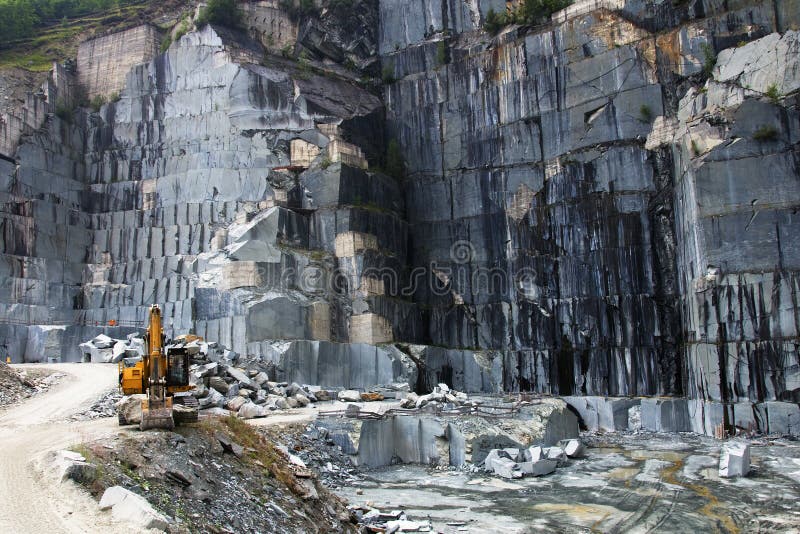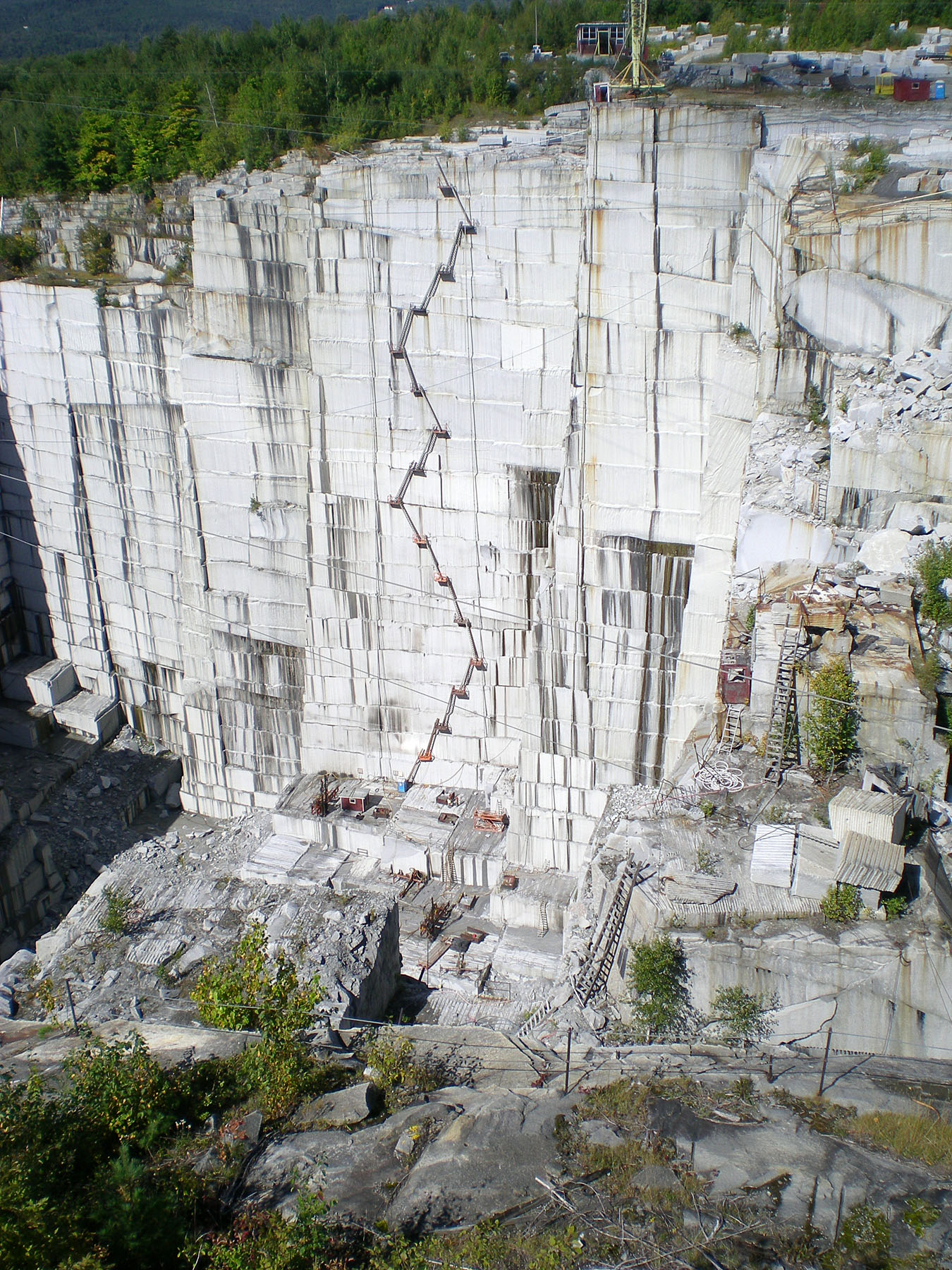Granite Quarries in South Africa Marvels: Exploring the Quarry Landscape
Granite Quarries in South Africa Marvels: Exploring the Quarry Landscape
Blog Article
Unveiling the Mysteries of Granite Quarrying: Where Stamina and Beauty Meet
The world of granite quarrying is a realm where the raw toughness of nature assembles with human creativity to produce structures that stand the test of time with an air of sophistication. From the midsts of quarries to the precise polishing in workshops, the procedure of changing granite into architectural wonders is a complicated dance of tradition and technology. As we peer right into the midsts of this ancient craft, we begin to reveal the concealed details that shape the really essence of our built environment.
The Beginnings of Granite Quarrying
In the annals of architectural background, the beginnings of granite quarrying are shrouded in a tapestry of ancient workmanship and geological wonders. Going back to ancient Egypt and Mesopotamia, the removal of granite from quarries noted the beginning of a trip that would eventually cause the creation of some of the world's most legendary frameworks.
Granite quarrying's origins can be traced to the knowledgeable craftsmens that recognized the rock's sturdiness and visual charm. With a mix of primitive devices and large resolution, these very early quarry workers unearthed granite blocks that would certainly come to be the foundation of human beings.
As people advanced, so did the methods of quarrying granite. The Romans, renowned for their engineering prowess, created advanced techniques for extracting granite to construct monoliths, holy places, and roadways that stood the test of time.
The heritage of these ancient quarrying practices remains to form contemporary architecture, with granite continuing to be a sign of stamina and beauty in building and construction tasks around the globe. (granite quarries in south africa)
Devices of the Quarrying Trade
The development of granite quarrying methods from old worlds to contemporary times highlights the critical duty played by the devices of the quarrying trade in shaping the market's practices. In ancient times, quarrying tools were primary, frequently being composed of knives, hammers, and wedges made from materials like bronze or iron. These devices required substantial workforce and time to essence granite blocks from quarries.

Additionally, the introduction of pneumatically-driven tools and high-powered machinery has actually significantly reduced the physical labor called for in quarrying procedures, enhancing worker security and efficiency. As the quarrying industry remains to innovate, the tools of the profession remain at the center of driving progression and forming the future of granite extraction.
Extracting Blocks of Granite
Using precision equipment and progressed methods, the extraction of granite blocks from quarries has actually become a sophisticated procedure in the modern quarrying market. The preliminary step entails determining the place and size of the granite down payment to identify the most effective extraction technique. When a suitable site is picked, the extraction process starts with the exploration of openings for the positioning of dynamites. Managed blowing up strategies are then used to disintegrate the granite into workable sections.

Polishing and Completing Methods
To accomplish a perfect surface area on granite blocks, experienced artisans employ a series i was reading this of precise sprucing up and ending up techniques. After the initial removal and shaping processes, the granite obstructs undergo a complete polishing phase to improve their natural appeal and sturdiness. One typical method used in brightening granite is diamond abrasion, where industrial rubies are utilized to grind and polish the rock to a smooth surface. This process not only creates a lustrous surface but likewise ensures harmony in shade and texture throughout the granite block.
Along with sprucing up, ending up strategies are put on more fine-tune the granite's appearance. These methods may include flaming, honing, or cleaning, each offering unique structures and surfaces to fit different aesthetic preferences. Flaming, for example, entails exposing the granite surface area to high temperatures to create a rough, textured surface, suitable for outside applications where you can check here slip-resistance is vital. Sharpening, on the other hand, offers a matte coating that is smooth to the touch, perfect for indoor kitchen counters and flooring. By meticulously picking and applying these polishing and ending up methods, artisans can transform raw granite blocks into charming pieces that display both toughness and beauty.

Environmental Effect and Sustainability
With the growing focus on environmental consciousness in the market, granite quarrying methods are progressively inspected for their influence on natural sources and long-lasting sustainability. Furthermore, the transportation of granite from quarries to processing facilities generates carbon exhausts, better contributing to ecological deterioration.
To reduce these impacts and make certain sustainability in granite quarrying, industry stakeholders are embracing various actions. Carrying out sophisticated innovations to reduce energy usage and water use, redeeming quarried land for eco-friendly restoration, and promoting accountable sourcing practices are some methods being used. In addition, certifications such as the Woodland Stewardship Council (FSC) and the Leadership in Power and Environmental Design (LEED) help customers recognize eco-friendly granite products.
Verdict
To conclude, granite quarrying is a process that needs specialized devices and techniques to extract blocks of granite and brighten them to a high level of finish. While the ecological effect of quarrying can be considerable, initiatives are being made to improve sustainability important site practices in the industry. In general, granite quarrying is a delicate equilibrium in between harnessing the toughness and beauty of this all-natural rock while reducing its influence on the environment.
Report this page